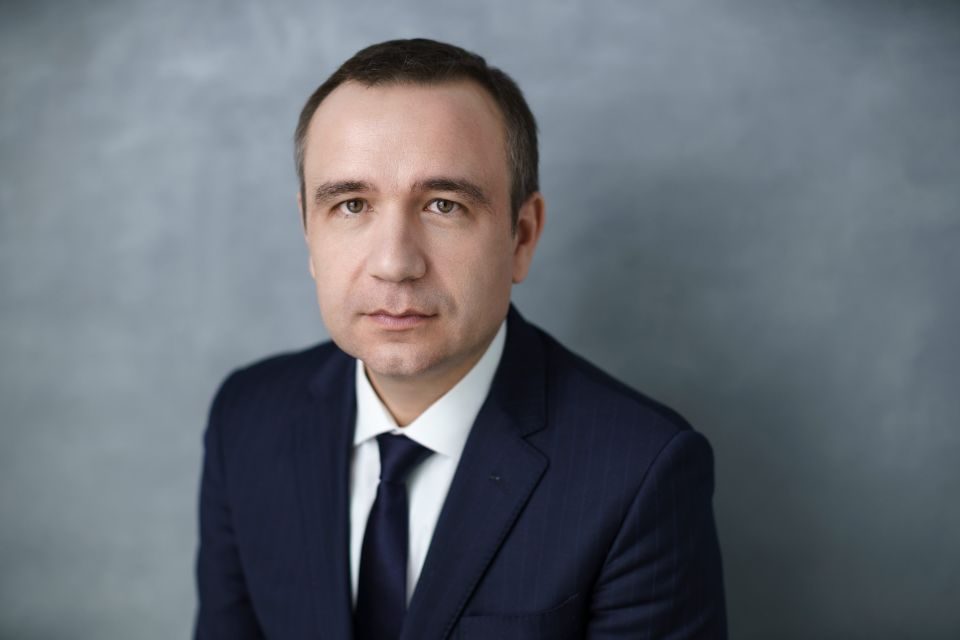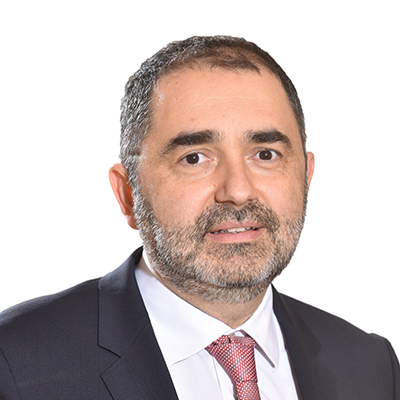5G technology will add 1.3 trillion USD to global GDP by 2030: PwC

Increased productivity and efficiency resulting from 5G technologies will drive business, skills and services developments worth USD 1.3 trillion to global GDP by 2030, according to a PwC report.
“PwC’s projections show that 5G technology, used in conjunction with investments in artificial intelligence (AI) and the internet of things (IoT), can offer the potential for the rethinking of business models, quick and efficient services, and new products, with the gains accelerating as of 2025 as 5G-enabled applications become more widespread. Those opportunities will also bring risks, so it is essential to review the way in which cybersecurity is approached, for the safety of all users: consumers, companies and society”, said Mircea Bozga, Risk Assurance Partner, PwC Romania.
Given the scale of the economic potential, the report underlines that every organisation will need a plan for 5G implementation within five years to maximise opportunities. The potential of 5G will also require businesses and governments to consider new regulatory approaches, focusing on the safe use of the technology.
The impact on national economies is expected to vary by sector, with the USA and Australia projected to gain the most from financial services applications, China and Germany from manufacturing, and India from smart utilities.
At the regional level, North America is predicted to experience the largest GDP increase, followed by Asia and Oceania, then by Europe, the Middle East and Africa (EMEA).
Over half of the global economic impact (USD 530 billion) will be driven by the transformation of health and social care within the next ten years. While the acceleration of telemedicine during the COVID-19 pandemic has provided a glimpse of healthcare’s future, remote care is just one area in which 5G can enable both better health outcomes and cost savings.
The medical areas in which the benefits of 5G will be seen include remote monitoring and consultations, real time in-hospital data sharing, improved doctor-patient communications and automation in hospitals to reduce health care costs.














